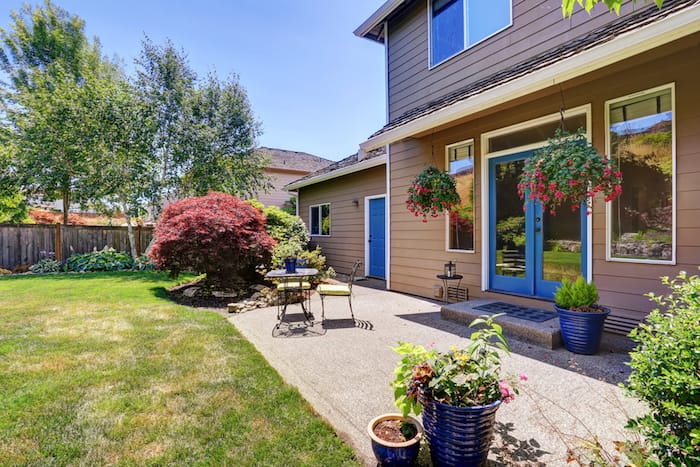A growing body of scientific research indicates that spending time in green spaces is good for health and well-being at any time. But backyards, parks and other green spaces have proven to be critical to help people relax and de-stress during stay-at-home orders due to the COVID-19 pandemic.
“As spring progresses into summer, the importance of the family yard will only grow,” says Kris Kiser, President of the TurfMutt Foundation, an environment education and stewardship program. “Observing social and physical distancing might be with us for a few more months yet, so getting your yard optimized is a smart investment in you and your family’s overall well-being.”
The TurfMutt Foundation offers seven tips to help get your yard in summer shape.
Assess your yard.
Sketch out the yard’s existing features. Mark down natural and manmade features, such as trees and shrubs, as well as seating and play equipment. Consider the activity zones and outdoor activities your family enjoys like sports, gardening, dining or relaxation or which areas have a multi-purpose.
Spruce up existing landscaping.
Do basic clean up. Fix bare patches in the grass. Use a leaf blower to clean out the flower beds. Prune bushes and trees. Keep the grass cut to a healthy height between 2-3 inches. Add a fresh layer of mulch around trees and in flower beds. fill pots with colorful flowers and verdant plants.
Identify improvements.
Consider adding both natural and manmade features. Now may be the time to add that patio, fire pit, dining area, grill, or playset you’ve always wanted.
Use plants and shrubs to add visual interest and camouflage.
Planters with flowers strategically placed between seating and eating areas on a patio add visual interest but also provide privacy. Trees, shrubs and bushes offer cover from neighboring properties, create borders, camouflage unsightly pool equipment and air handlers, and tamp down noise.
Put the right plant in the right place.
Choose the right plants for your climate to create an outdoor living area that is attractive, easier to maintain, and supports local pollinators and backyard wildlife. Consider water, sunlight or shade needs for any plants you add. Flowering plants help pollinators like birds, bees and butterflies and add a beautiful touch. An herb or vegetable garden is also a good way to teach children about science and nutrition.
Factor in family needs.
If you have a child or family pet, you’ll want to plant with their needs in mind. A hardy grass variety is more likely to hold up to child or pet traffic. Plant soft, but sturdy, plants and foliage that can withstand a little roughhousing. Save delicate flowering plants for patio containers, and be sure to check out the ASPCA list of toxic plants for pets before making a final selection.
Invite the outdoors in.
Blending interior and outdoor living spaces helps the exterior area feel like an extension of your home rather than an afterthought. Ensure blinds and curtains are open to the yard some hours of the day. Use complementary indoor and outdoor décor in similar colors, materials and styles to create a cohesive space.
For more information and tips about living landscapes visit www.TurfMutt.com.








































